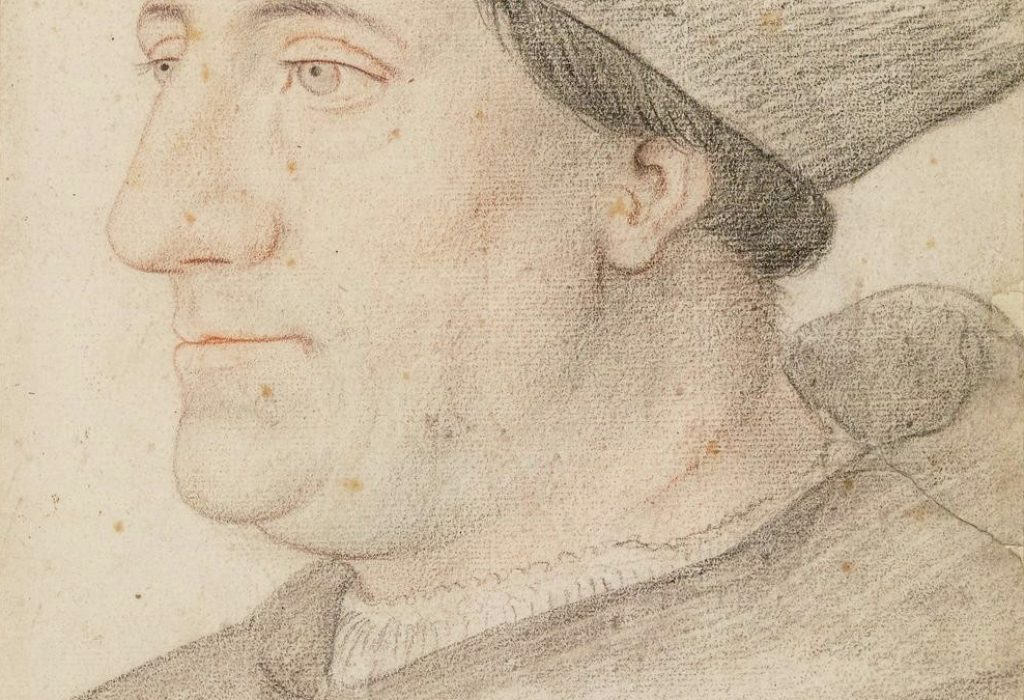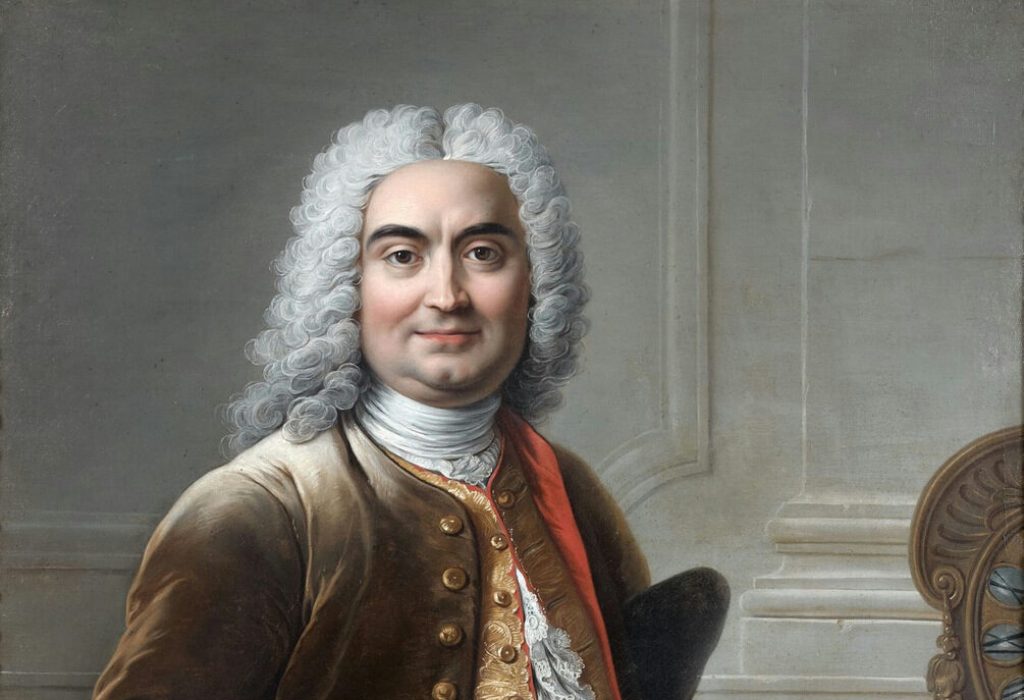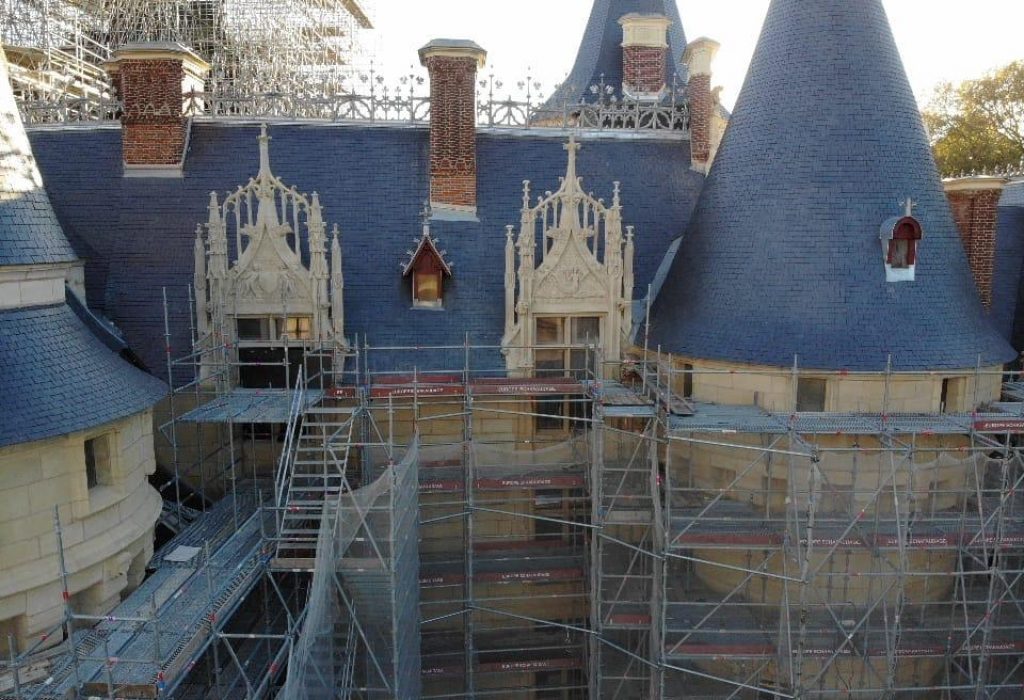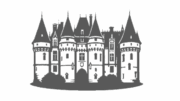History
1504 - Georges d'Amboise builds the Château de Vigny
While a manor house in Vigny is documented as early as 1337, it was in 1504 that Cardinal Georges I d’Amboise, Prime Minister to King Louis XII, had the Château de Vigny built as a place to retreat from political affairs. At the same time, he was assisting his nephew Charles II de Chaumont d’Amboise in rebuilding the Château de Chaumont-sur-Loire — hence the striking resemblance between the two buildings! Upon his death, the Cardinal bequeathed the Château to his nephew Georges II, Archbishop of Rouen, who expanded the estate. The Château remained in the d’Amboise family for 45 years (1510–1555).

1555 - Anne de Montmorency au Château de Vigny
Anne de Montmorency — a statesman, man of letters, and close confidant of King Francis I, with whom he was raised — acquired the Château de Vigny in 1555. The Montmorency family would own the estate for 139 years, from 1555 to 1694. His motto, Alpanos ("Straight ahead without wavering"), still adorns the Château’s main entrance.
King Henry II is said to have spent a night there in 1555.
Through a succession of heirs, the estate passed to Charles de Montmorency in 1563, then to his nephew Henri II, before being returned to his sister Marguerite de Montmorency, Duchess of Ventadour.1694 - La House of Rohan
The estate was then passed to the Duke of Ventadour, whose only daughter married into the House of Rohan. In 1727, their grandson Charles de Rohan, aged just 12 at the time, became the owner of the Château. Known as the Prince of Soubise, he would later become a Marshal of France and a close friend of King Louis XV.
However, financial difficulties eventually forced him to part with the property.

1967 - The arrival of Count Vitali
A prominent engineer and entrepreneur, Philippe Vitali played a major role in the development of the railway system in Europe and beyond. He also left a lasting mark on the Château de Vigny’s history. Finding the castle in a state of severe neglect, he acquired it and, together with architect Charles-Henri Cazaux, transformed it in the neo-Gothic troubadour style that characterizes it today.
His son Georges continued the restoration work. In 1922, the Château was sold to Count Robert Le Coat de Kerveguen, and later in 1992 to Mr. and Mrs. Dewavrin.
And then?
In 2001, the Château was acquired by a Japanese company led by Hisoto Mizumoto. It was converted into a private school, which closed its doors in 2009, leaving the Château abandoned for nearly a decade.
In 2016, the current owners took on the challenge of reviving this magnificent French heritage site — despite the enormous restoration work it required.

Support the château's revival
Become a patron and become part of the Château de Vigny's story! Every donation is eligible for partial tax deduction under French tax regulations.
